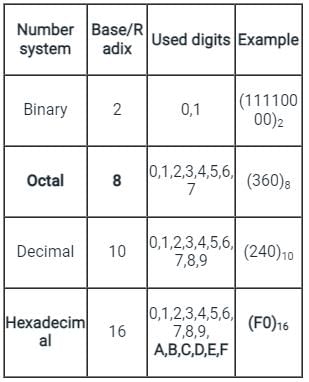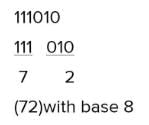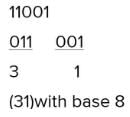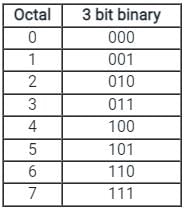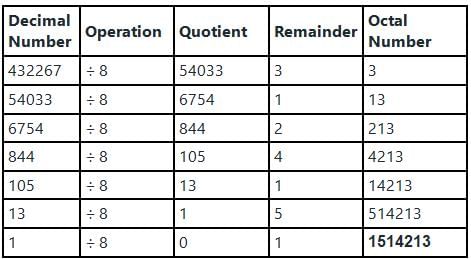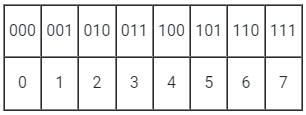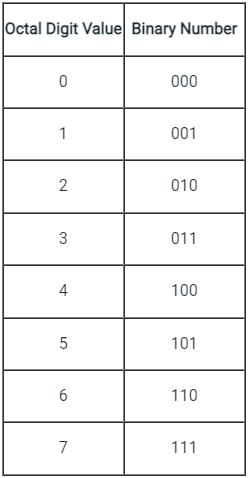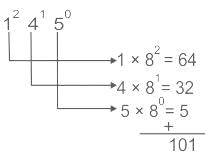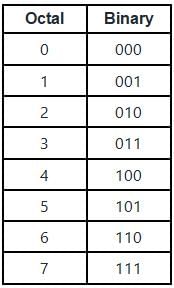Electrical Engineering (EE) Exam > Electrical Engineering (EE) Tests > Test: Octal Number System - Electrical Engineering (EE) MCQ
Test: Octal Number System - Electrical Engineering (EE) MCQ
Test Description
10 Questions MCQ Test - Test: Octal Number System
Test: Octal Number System for Electrical Engineering (EE) 2025 is part of Electrical Engineering (EE) preparation. The Test: Octal Number System questions and answers have been prepared
according to the Electrical Engineering (EE) exam syllabus.The Test: Octal Number System MCQs are made for Electrical Engineering (EE) 2025 Exam.
Find important definitions, questions, notes, meanings, examples, exercises, MCQs and online tests for Test: Octal Number System below.
Solutions of Test: Octal Number System questions in English are available as part of our course for Electrical Engineering (EE) & Test: Octal Number System solutions in
Hindi for Electrical Engineering (EE) course.
Download more important topics, notes, lectures and mock test series for Electrical Engineering (EE) Exam by signing up for free. Attempt Test: Octal Number System | 10 questions in 30 minutes | Mock test for Electrical Engineering (EE) preparation | Free important questions MCQ to study for Electrical Engineering (EE) Exam | Download free PDF with solutions
Test: Octal Number System - Question 1
The Octal equivalent of the hexadecimal number 100 is _____.
Detailed Solution for Test: Octal Number System - Question 1
Detailed Solution for Test: Octal Number System - Question 2
Detailed Solution for Test: Octal Number System - Question 3
Detailed Solution for Test: Octal Number System - Question 4
Test: Octal Number System - Question 5
Convert the octal number (471)8 into equivalent binary number.
Detailed Solution for Test: Octal Number System - Question 5
Detailed Solution for Test: Octal Number System - Question 6
Test: Octal Number System - Question 7
(1101 0001)2 binary number is same as ( )8 octal number.
Detailed Solution for Test: Octal Number System - Question 7
Detailed Solution for Test: Octal Number System - Question 8
Detailed Solution for Test: Octal Number System - Question 9
Test: Octal Number System - Question 10
The maximum number of binary bits required to represent a digit of octal number is
Detailed Solution for Test: Octal Number System - Question 10
Information about Test: Octal Number System Page
In this test you can find the Exam questions for Test: Octal Number System solved & explained in the simplest way possible.
Besides giving Questions and answers for Test: Octal Number System, EduRev gives you an ample number of Online tests for practice
Download as PDF


